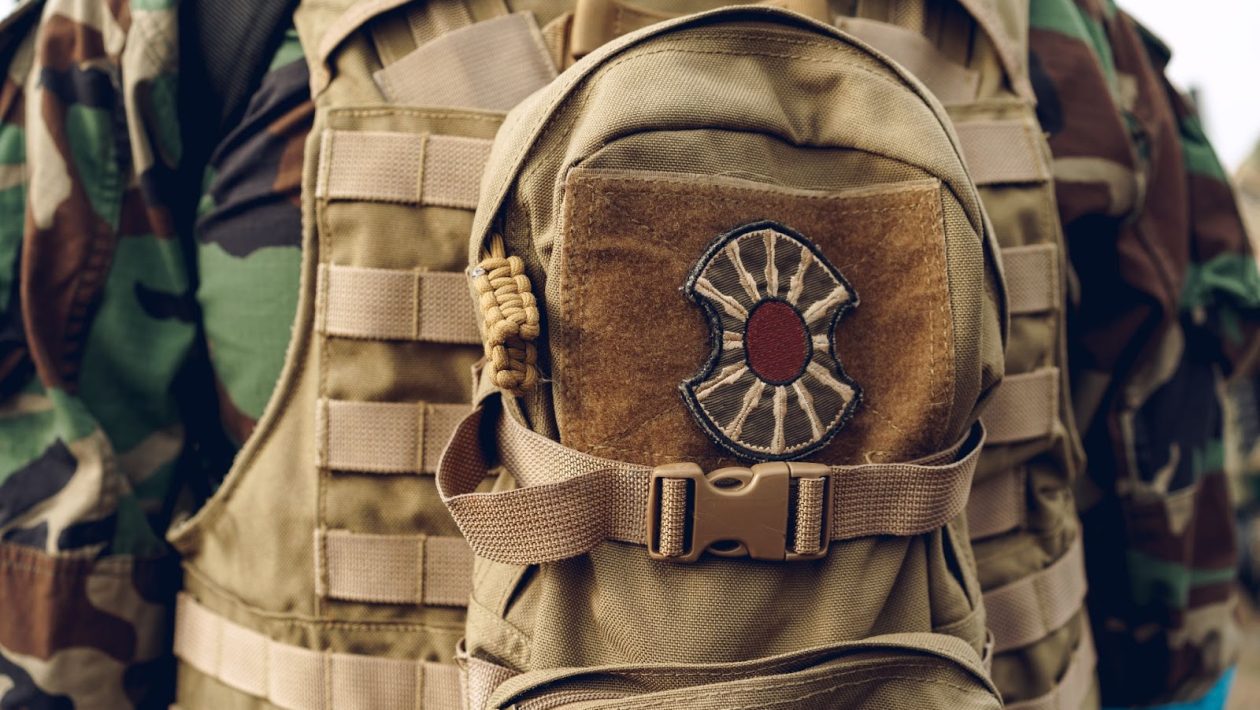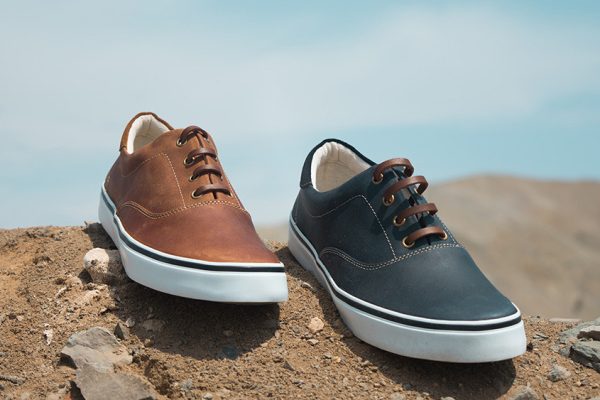The bug-out bag, or BOB, is one of the most essential items you can have in a survival situation. This kit is meant to help you get through the first 72 hours after a disaster or emergency until you can find more permanent shelter and supplies. But what should go into your BOB? Here are 21 items that your kit isn’t complete without!
Who Needs a Bug Out Bag Anyway?
Most people think bugout bags are for preppers and the paranoid people they see on TV. But the truth is, everyone can benefit from having a bugout bag. If you live in an area that’s prone to natural disasters like hurricanes, earthquakes, or tornadoes, a bugout bag can help you evacuate quickly and safely. If you live in a city, a BOB can help you escape if there’s a fire or chemical spill. And if you’re ever stranded in your car in a remote location, your bugout bag can be a lifesaver.
Where Should You Keep Your Bugout Bag?
Ideally, you should keep your bugout bag in a place where you can grab it quickly and easily in an emergency. If you have a home with multiple floors, keep your BOB on the ground floor near an exit. If you live in an apartment building, keep your bag by the front door. And if you have to evacuate quickly, make sure you know where your car keys are so you can grab them and your bag at the same time! If you’ve got kids, pets or other family you will need to get to in an emergency, you may want to keep a backup bag at their location.
Our Complete List of 21 Essentials
1. Water: You’ll need at least one gallon of water per person, per day for drinking and hygiene. You should carry at least a three-day supply in your bugout bag. Besides that, make sure to have a method to get clean water after your supply runs out. Things like survival straws and water filters will do the trick.
2. Food: You’ll need non-perishable food that can last for at least three days. Canned goods, energy bars, and trail mix are all good options. Make sure to rotate your food every six months so it doesn’t go bad.
3. Shelter: If you’re caught in a disaster without a home, you’ll need some way to shelter yourself from the elements. A tent, tarp, or even a large garbage bag can make a good emergency shelter.
4. Warmth: In a survival situation, you’ll need to be able to keep yourself warm. A sleeping bag or blanket will help you do that. If you live in a cold climate, you may want to consider carrying an extra set of clothes in your bag as well.
5. First Aid Kit: A good first aid kit should have everything you need to treat minor wounds and injuries. Band-aids, gauze, and antiseptic wipes are a good start. If you or anyone in your family has any medical conditions, make sure to include any necessary medication in your kit as well.
6. Fire starter: A fire starter is a must-have in any bugout bag. matches, lighters, and flint are all good options.
7. Knife: A knife can be used for self-defense, hunting, or even opening cans of food. Make sure to get a good quality knife that will be up to the task.
8. Map and compass: If you need to evacuate your area, it’s important to have a map so you can find your way to safety. A compass will also come in handy if you get lost.
9. Flashlight and batteries: A flashlight will help you see in the dark and signal for help if necessary. Make sure to pack extra batteries as well.
10. Radio: A radio can be used to listen for news and updates in an emergency situation. A hand-cranked or solar-powered radio is a good option since you won’t have to worry about batteries.
11. Multi-tool: A multi-tool is a handy tool to have in any situation. It can include things like a knife, pliers, and a screwdriver all in one.
12. Cash: In an emergency situation, ATMs and credit cards may not work. That’s why it’s important to have cash on hand. You should have at least $100 in small bills in your bugout bag.
13. Identification and documents: If you need to evacuate your home, you’ll need to have some way to prove who you are. That’s why it’s important to carry copies of your ID and other important documents (like your birth certificate, insurance cards, etc.) in your bugout bag.
14. Cell phone and charger: A cell phone can be a lifesaver in an emergency situation. But make sure to pack a charger as well. Solar chargers are a good option since they don’t require batteries.
15. Personal hygiene items: In a survival situation, it’s important to maintain good hygiene to prevent illness. Pack things like soap, toothpaste, and toilet paper in your bugout bag.
16. A Gun for protection: If you feel comfortable carrying a gun, make sure to include it in your bugout bag. Don’t forget to pack ammunition and a holster as well. We recommend getting a gun like a Glock 19, which has a huge range of add ons that allow you to customize your handgun to your needs.
17. Tools: A few basic tools can be very helpful in a survival situation. Things like a hammer, screwdriver, and wrench can come in handy.
18. Can opener: If you’re packing canned goods in your bugout bag, make sure to include a can opener as well.
19. Clothes: In addition to your regular clothes, you should pack some extra clothes in your bugout bag. This includes things like socks, underwear, and a jacket.
20. Shoes: Comfortable shoes are a must-have in any bugout bag. You’ll likely be doing a lot of walking, so make sure your shoes can handle it.
21. Prescription medication: If you or anyone in your family takes prescription medication, make sure to include it in your bugout bag. You should have enough to last for at least a week.
When it comes to bug out bags, there is no such thing as one size fits all. What you pack in your bag will depend on your individual needs and the situation you are preparing for. But these 21 items are a good place to start when putting together your own bug out bag.
Have you ever had to use a bug out bag? What would you add to our list? Let us know in the comments below!





